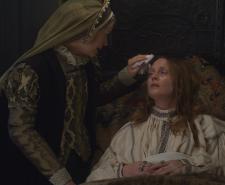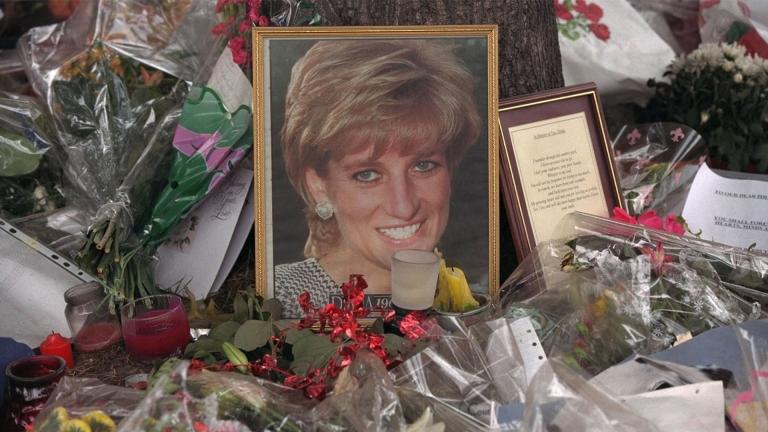
Read more about Kings and Queens

Sometimes, it takes just one death to dramatically change the course of history. This has long been the case when it comes to the British royal family – even when it’s not the monarch passing away.
For centuries, the Crown has remained a powerful arm of the British government, despite parliamentary politicians having exerted more and more influence. So, even when a minor member of the royal house dies, the repercussions can reverberate for decades to come.
Sky HISTORY have dug deep into the archives, uncovering five of the most tragic deaths to have struck the monarchy. These losses have brought immense sorrow to the Crown and public alike – and, in some instances, shook the country’s political foundations.
The 16th-century English Reformation saw Henry VIII withdraw England from the Catholic Church’s authority. As a result, the once-Catholic country eventually turned Protestant.
It remained staunchly so by the time James I came to the throne in 1603. His son and heir apparent, Prince Henry, was not only popular but also loyal to the new religion.
However, Henry died of typhoid fever in 1612, predeceasing his father. So, it was instead Henry’s younger brother Charles who succeeded James as king in 1625.
During Charles I’s reign, his commitment to Protestantism was often in doubt. These religious tensions led to the 1640s English Civil War, culminating in the king’s execution.
After George III’s notorious ‘madness’ turned seemingly permanent in the 1810s, his eldest son George, Prince of Wales, was named Prince Regent.
Unfortunately, with his selfishness and gluttony, he was hardly the most admirable figure. Hence, many of the nation’s hopes for the future rested in his daughter and heir, Princess Charlotte.
Charlotte married Prince Leopold of Saxe-Coburg-Saalfeld in 1816. However, her subsequent difficult pregnancy not only resulted in a stillborn son but also claimed Charlotte’s own life.
Her death sparked a succession crisis for the British monarchy. George III’s fourth son, Prince Edward, Duke of Kent and Strathearn, hastily married to father a new heir, the future Queen Victoria.
The two eldest sons of George V – Prince Edward and Prince Albert – both became kings (as Edward VIII and George VI, respectively). Another son — Prince George, Duke of Kent – ascended not to the throne but instead the skies.
He had a passion for aviation, becoming a Royal Air Force officer in the late 1930s – just in time for World War II. On 25th August 1942, George died on active military service, but not in an airfight.
Instead, he was on non-operational duties, flying from the Scottish town of Invergordon to Iceland with 14 others. On the way, the aircraft collided with Eagle’s Rock, a hillside near the village of Dunbeath in Scotland’s Caithness county.
Only one of the 15 people on board survived the crash. George was among the fatalities, dying at the age of 39.
A nephew of Prince George also died in an air crash. Prince William of Gloucester was the elder son of Prince Henry, Duke of Gloucester, himself the third son of George V.
On 28th August 1972, at the age of 30, George was competing in the Goodyear International Air Trophy when his plane veered out of control. The aircraft flipped over and crashed – killing William – after one of its wings was sheared off by a tree.
Diana was many things – the ‘People’s Princess’, an AIDS activist, a style icon (to reel off just a few examples). Though born into nobility, she was relatable in many respects.
Her shyness endeared her to the public, while her 1981 wedding (she married the future King Charles III at St Paul’s Cathedral) was televised worldwide. To onlookers, the marriage seemed like a fairytale – but over time, that romantic image gradually fractured.
The couple eventually separated in 1992 and divorced in 1996. In August the following year, Diana and her then-boyfriend Dodi Fayed (the eldest son of businessman Mohamed Al-Fayed) died in a car crash in Paris.
The resultant huge public outpouring of grief around the world immortalised Diana as one of the most admired women of her time. Though conspiracy theories have circulated about Diana’s death, police have largely attributed it to the 'gross negligence' of her car’s driver that fateful Paris night.
Curious about other royal lives and deaths? By signing up to the Sky HISTORY Newsletter, you can learn about monarchy-themed programmes coming your way.